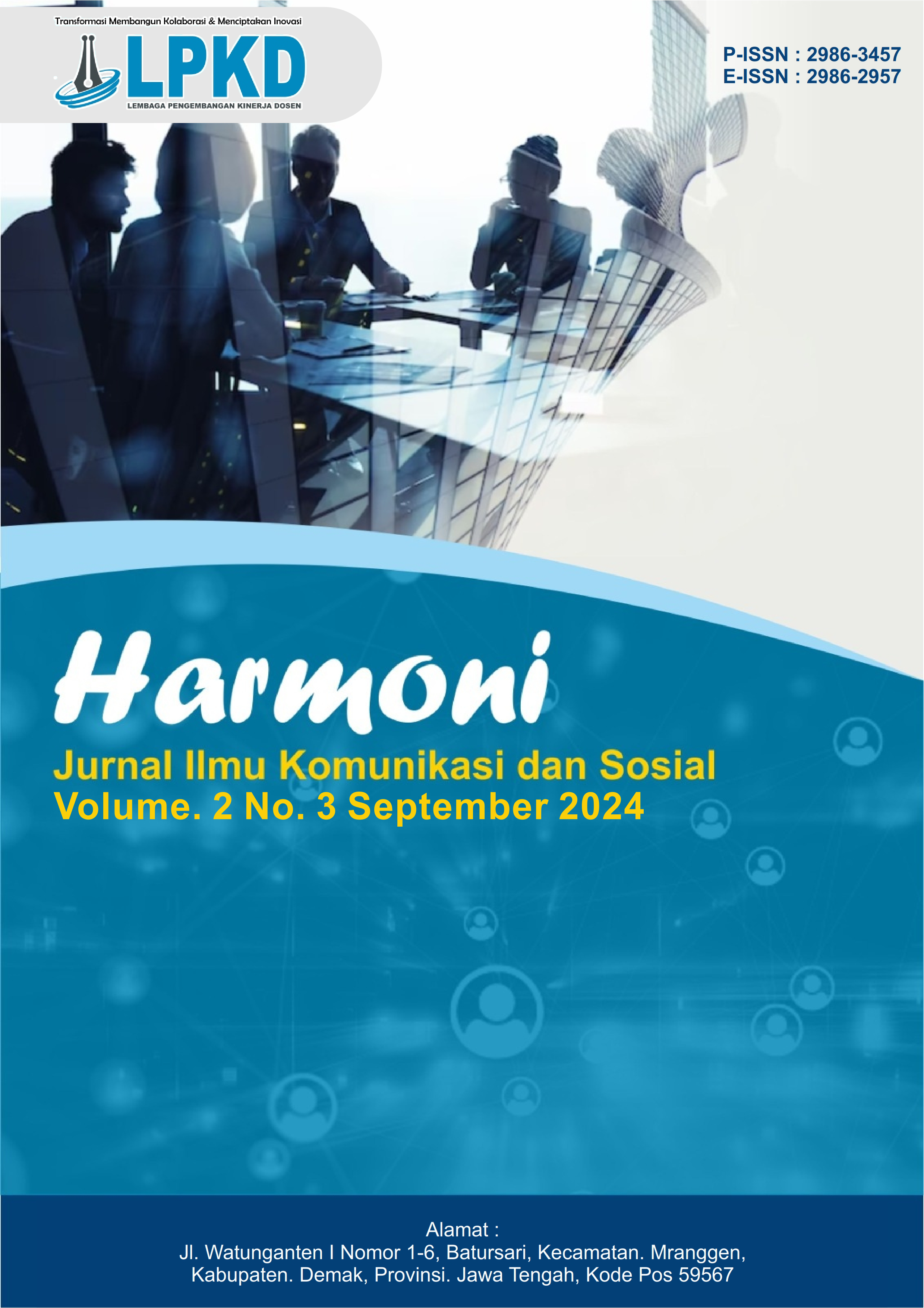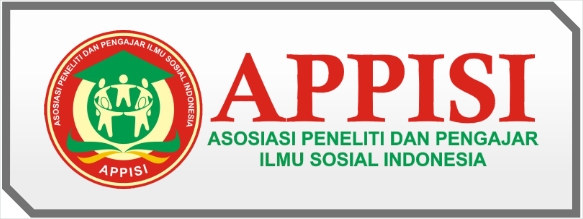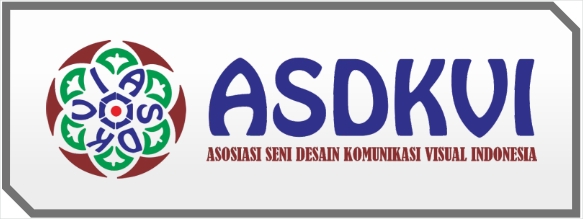Pemeriksaan dan Panskoran Tes
DOI:
https://doi.org/10.59581/harmoni-widyakarya.v2i3.3810Keywords:
Test examination, Test scoring, Educational evaluationAbstract
Examination and test panscore is an important process in educational evaluation that aims to measure students' understanding and achievement in various areas of knowledge. However, the challenge of ensuring the validity and reliability of tests is often a major concern for evaluation instrument developers. This paper discusses the approach used in the examination and panscorer of the test to improve the validity and reliability of the evaluation results. This approach involves steps such as careful test design, development of quality test items, validity and reliability testing, and analysis of test result data. One of the important aspects of test checks is careful test design. This involves selecting a test format that is appropriate for the purpose of evaluation, as well as the preparation of instructions that are clear and understandable to students. In addition, the development of quality test items is also necessary to ensure that the test can accurately measure the desired knowledge and skills. This process involves thoroughly testing test items to ensure fit with the curriculum and fit with the desired level of difficulty. Once the test is designed and the test items are developed, the next step is to test the validity and reliability of the test. Validity refers to the extent to which a test can measure what it is supposed to measure, while reliability refers to the extent to which a test can produce consistent results over time. This testing can involve gathering data from a variety of sources, including statistical analysis and review by experts in the field. Finally, the analysis of test result data is an important step in understanding the evaluation results. It involves using statistical methods to identify patterns and trends in the data, as well as interpreting test results to make relevant conclusions about student achievement. By using this approach in examination and test pansora, it is hoped that the results of education evaluation can become more valid and reliable, thereby providing more useful information for education stakeholders.
References
Abidin, Zainal. Evaluasi Pembelajaran. Bandung: PT. Remaja Rosdakarya, 2019.
Anas, Sudidjo. Pengantar Evaluasi Pengajaran. Jakarta: Rajawali Pers, 2009.
Arifin, Zainal. Evaluasi Pembelajaran: Prinsip, Teknik, Prosedur, Cet. Ke-6. Bandung: Remaja Rosdakarya, 2014.
Asrul, Rusydi Ananda, dan Rosnita. Evaluasi Pembelajaran Cetakan Kedua. Bandung: Cipta Pustaka Media, 2015.
Koni, Hamzah B. Uno dan Satria. Assessment Pembelajaran. Jakarta: Bumi Aksara, 2013.
Mudjijo. Tes Hasil Belajar. Jakarta: Bumi Aksara, 1995.
Mustar, Buchori. Teknik-Teknik Evaluasi Dalam Pendidikan. Bandung: Jemmars, 2019.
Ngalim purwanto. Prinsip-Prinsip Dan Teknik Evalusi Pengajaran. Bandung: PT Remaja Rosdakarya, 1994.
Sukiman. Pengembangan Sistem Evaluasi. Yogyakartai: Insan Madan, 2017.
Suryanto, Adi. Evaluasi Pembelajaran. Jawa Barat: universitas terbuka, 2016.
Downloads
Published
How to Cite
Issue
Section
License
Copyright (c) 2024 Iin Suriya Ningsih, Srinanda Srinanda, Eka Widyanti

This work is licensed under a Creative Commons Attribution-ShareAlike 4.0 International License.














